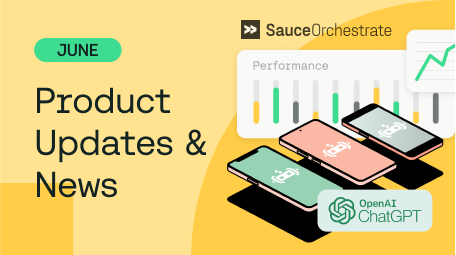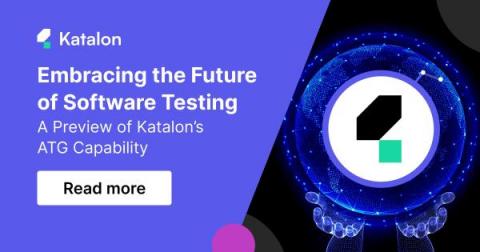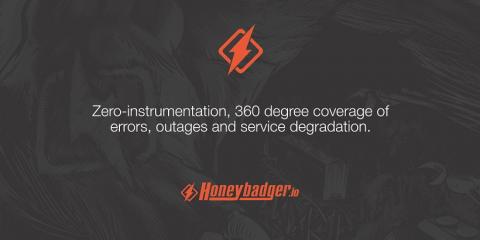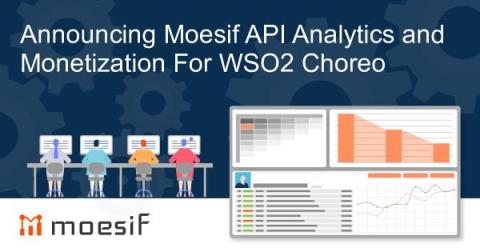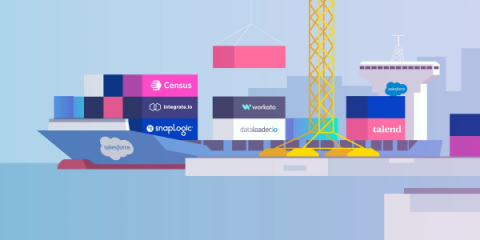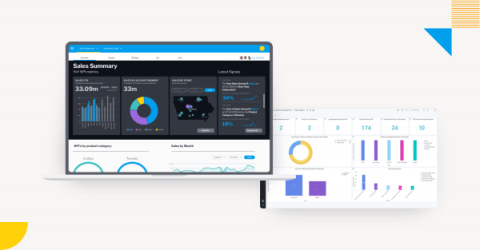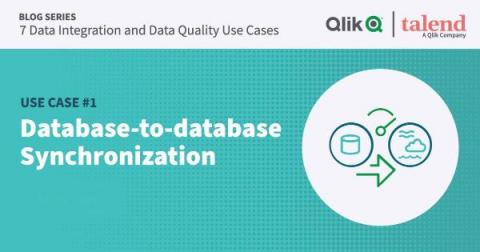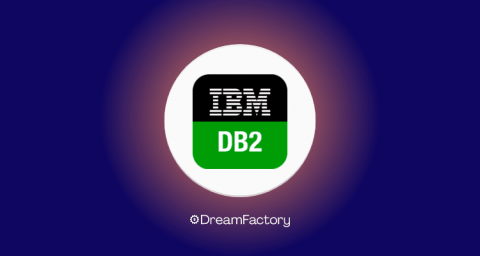Systems | Development | Analytics | API | Testing
Latest News
A Preview of Katalon's Autonomous Test Generation Capability
As practitioners of software development, we are all too familiar with the importance of automation. The benefits that automation brings are significant, but its adoption and the realization of its potential can be an ongoing journey, not a destination. It’s not a new concept, yet it continues to evolve and redefine the landscape of software testing.
What is Enterprise Generative AI and Why Should You Care?
It seems like we are witnessing a new quantum leap of technological advancement, with Generative AI taking the world by storm earlier this year. Generative AI (GenAI) has emerged as a powerful tool that combines artificial intelligence with creativity, empowering machines to generate original content, such as images, music, and even text, that imitates human-like creativity from structured and unstructured data.
Memoization in PHP
Dive into the world of caching and optimization techniques with PHP's memoization. Learn how this powerful tool can revolutionize your code, reduce redundant computations, and supercharge your application's performance.
Announcing Moesif API Analytics and Monetization For WSO2 Choreo
As part of our mission to serve developers, product managers, and other Moesif users better, we’ve teamed up with the API experts over at WSO2 to connect the capabilities of Moesif and Choreo. Choreo was created by WSO2 to push forward the next generation of application development. Inside Choreo is a SaaS application development suite designed to accelerate the creation of digital experiences.
API Security and Management: The Impact on the Fintech Industry
Greg Peranich and Tryn Brown contributed to this post. The world of financial services is driven by digital experiences. Over the last 20 years, virtually all banking activities have been taken online (an unfortunate change only for fans of pneumatic tubes and pens on beaded chains). Like other industries that have undergone digital transformation, financial institutions are leveraging APIs to give users a more seamless experience when managing their money.
Exploring The Salesforce Data Integration Landscape
Yellowfin vs Grafana Helix: Which is Best for BMC Smart Reporting Users?
Database Sync: Diving Deeper into Qlik and Talend Data Integration and Quality Scenarios
A few weeks ago, I wrote a post summarizing "Seven Data Integration and Quality Scenarios for Qlik | Talend," but ever since, folks have asked if I could explain a little deeper. I'm always happy to oblige my reader (you know who you are), so let's start with the first scenario: Database-to-database Synchronization.


